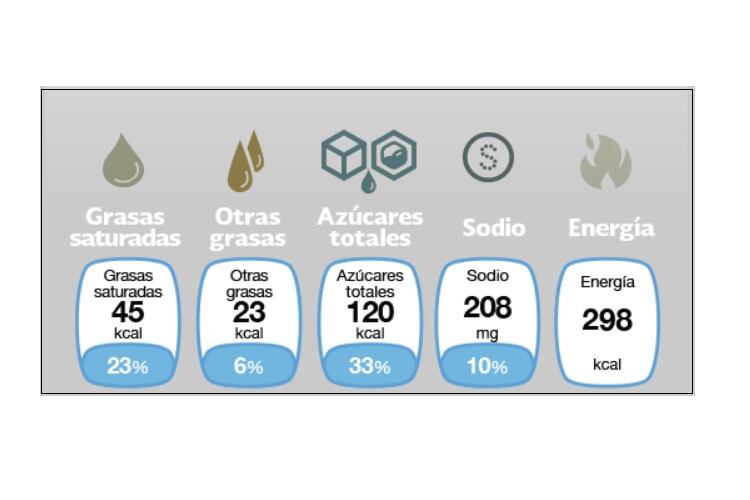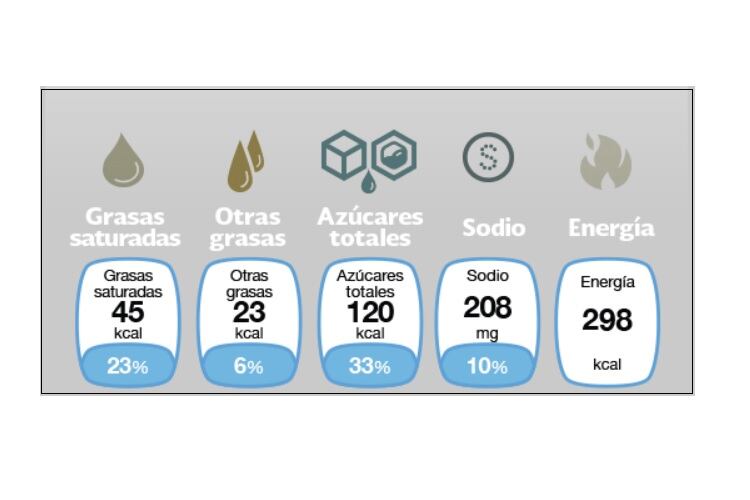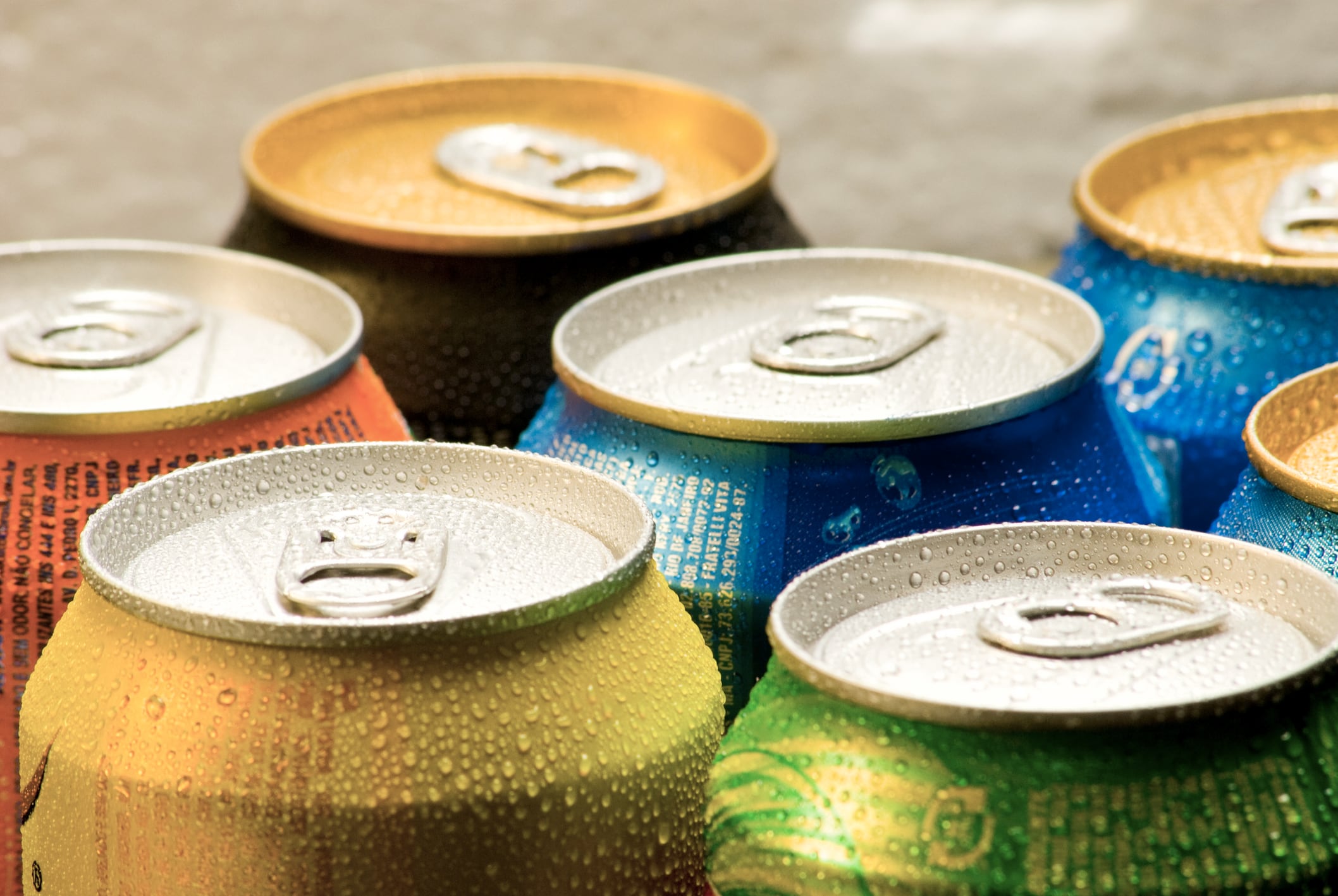Earlier this year, Mexico's current front-of-pack labeling was called into question by an academic committee formed by the national Institute of Public Health, following a request by Mexico's Ministry of Health. The committee put together its position paper that concluded the current System of Frontal Labeling of Food and Beverages (SEFAB) was confusing for consumers.
The committee recommended replacing SEFAB with a 'warning label' system similar to that used in Chile, featuring black triangular 'high in' labels calling out critical ingredients like sugar, total fats and sodium, among others.
A policy too young to judge...
However, Laura Miranda, nutrition advisor at ConMéxico, said changes to front-of-pack labeling in Mexico were “not necessary” as the current system was transparent enough but importantly had only been rolled out across all food and non-alcoholic beverages in the country since 2016.
“With a policy as young as this one, it is unrealistic to determine its success or failure,” Miranda told FoodNavigator-LATAM.
“...With only two years of implementation, it is unreal to grade any regulation, especially those that imply modification in population habits.”

The Mexican Nutrition and Health Survey ENSANUT, published in October 2016, already showed 44% of Mexicans considered the current FOP label comprehensible, she said, with more than half (56%) reading it at the time of purchase.
But moving forward, she said it would be important Mexico rolled out consumer-oriented educational campaigns, similar to the national Checa y Elige (Check & Choose) industry campaign launched last year that aimed to teach consumers how to read and use FOP labels.
“Front-of-pack nutrition labeling has been successful but in no way is our country done educating its population on its use,” she said.
Any FOP label will fail without information and education
Asked about the academic committee's opinion that the current SEFAB system was 'confusing' for consumers, Miranda said: “To believe that any new habit – such as the implementation of a nutritional label in order to achieve a healthy diet – should be self-explanatory is naive and irresponsible. Every change; any new habit requires a full commitment on education for a long period of time. There are not magic wands.”
Even the warning label system would fail to work without adequate information and education of the population, she said. Whilst the warning label could be considered simpler or clearer because of a limited number of 'high in' labels featuring front-of-pack, she said it was not more practical or useful.

“Easy answers will not construct a healthy society. The SEFAB system is not confusing but certainly needs more explanation. This is the cost that we have to pay in order to achieve successful labeling that allows consumers to have access to objective information, compare among similar products and build a healthy diet. Only a useful label could have an impact in health in the long-term.”
For example, with the warning label any candy product claim would be the same irrespective of portion size or exact nutrients in the product, Miranda said, which did not help consumers make an informed choice.
“The food and beverage industry believes that any nutritional labeling should give precise information that facilitates consumers to choose products to promote a balanced diet. The warning system doesn't describe objectively a product and doesn't give nutritional information that allows to make informed decisions and compare among similar products.”
A wider debate...
Brazil is currently in the midst of debating its options for front-of-pack labeling. Industry there was fighting for a traffic light system, similar to the UK, but the Brazilian Institute of Consumer Protection (IDEC) was also fighting for a 'warning label' system.
The Brazilian Health Regulatory Agency (ANVISA) is currently reviewing both proposals and is likely to finalize its decision by the end of the year. The final decision will lead to a compulsory nutrition label policy rollout across the entire Mercosur region (Brazil, Argentina, Paraguay and Uruguay).



